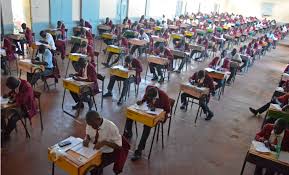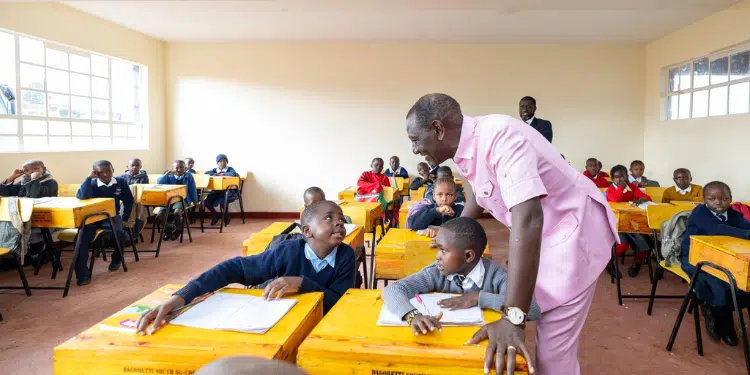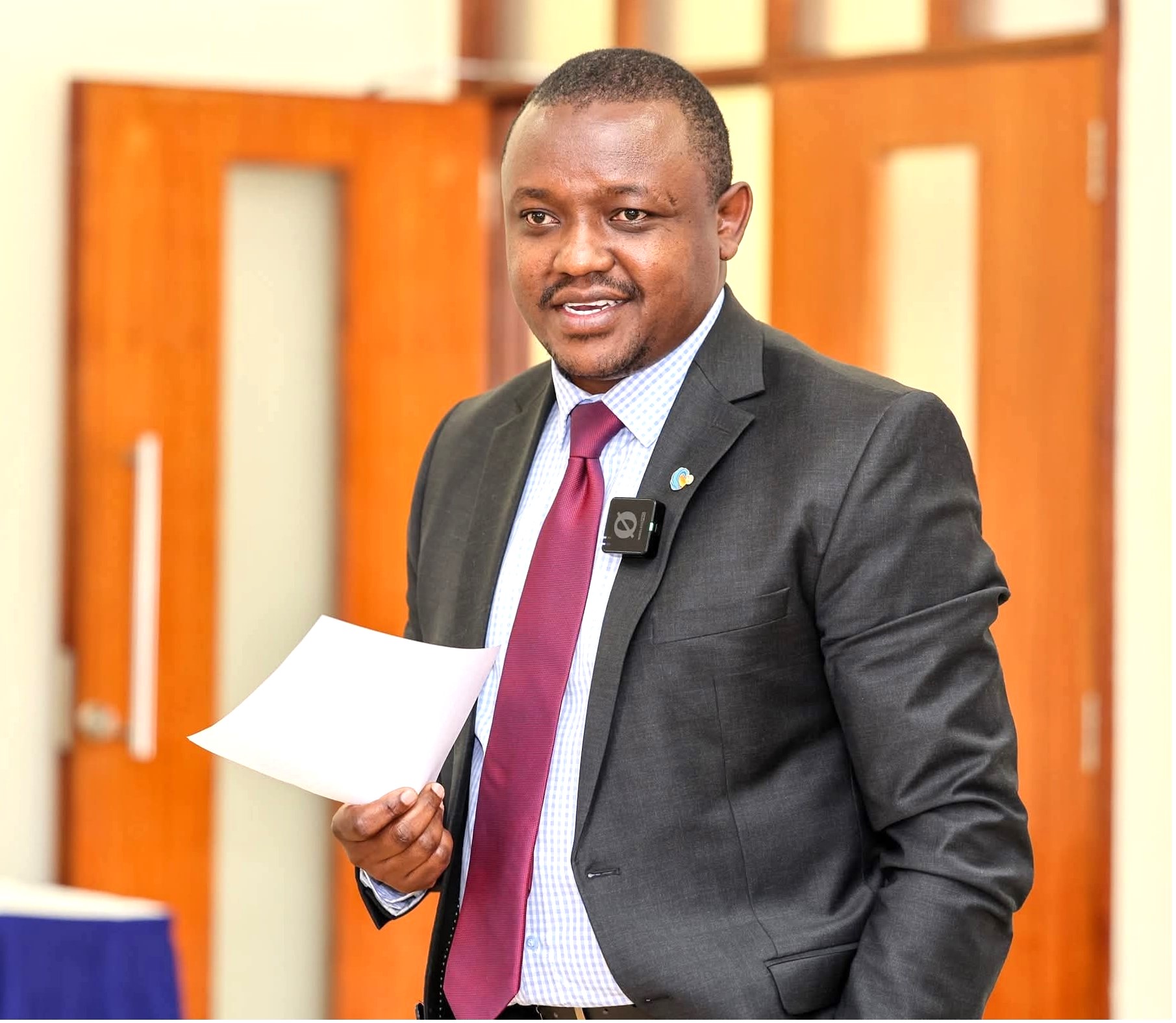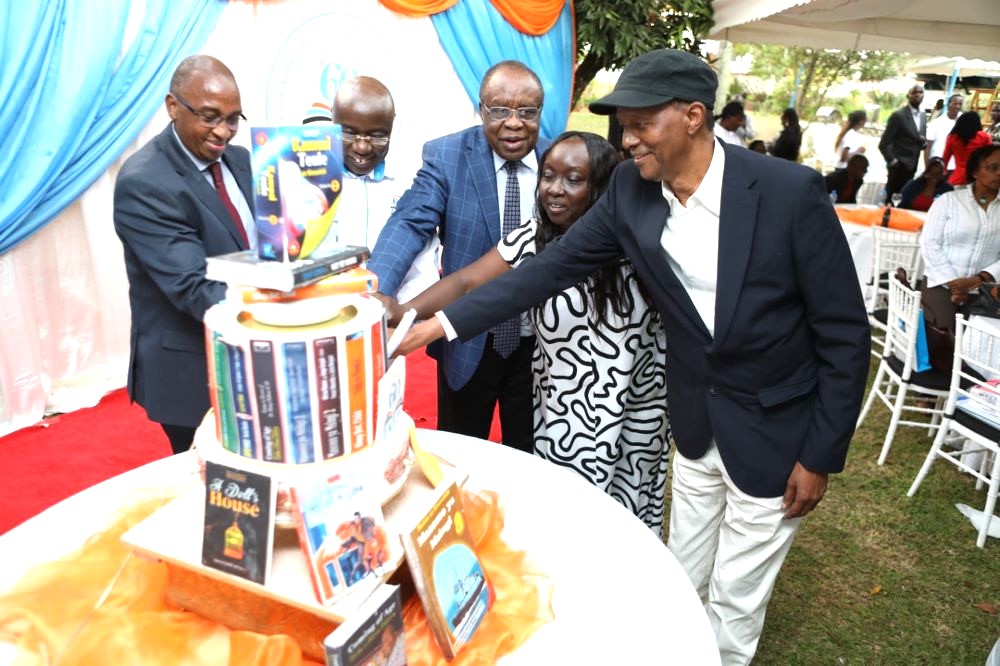A major national education crisis is emerging as over three million students risk being affected by delayed examination funding for this year’s national examinations, which has the largest number in Kenya’s history.
With just four months left before the Kenya Certificate of Secondary Education (KCSE), the Kenya Primary School Education Assessment (KPSEA), and the first Kenya Junior School Education Assessment (KJSEA) begin, it has emerged that the Kenya National Examinations Council (KNEC) has not yet started printing exam papers. This has sparked widespread concerns over potential logistical challenges.
Although Ksh6 billion was allocated in the 2024/2025 budget for exams, the National Treasury has not yet disbursed the funds. The money is crucial for key operations like printing, invigilation, packaging, transportation, and securing the exam materials.

Sources from the Ministry of Education caution that time is running out fast, putting the entire exam schedule at risk. A senior official, speaking anonymously, stated, “This is no longer just a delay. It’s a looming national crisis. We ought to have started printing in March to allow ample time to detect and correct any errors, especially given the scale of these examinations.”
According to KNEC around 996,000 students are registered for this year’s KCSE, and KNEC needs to produce over 23 million individual exam papers just for that exam.
ALSO READ:
TSC rolls out plan to ensure uniformity in teacher promotions
One examination officer noted that each candidate will sit up to 24 papers across eight subjects. The documents are highly secure, featuring personalization and barcoding to combat cheating. This complexity requires strict timelines and detailed planning, both of which are now under threat. “The security printing process is highly specialized. These are not ordinary papers. Any delay can compromise the integrity of the exams,” warned another senior official.
The KJSEA is set to take place from October 27 to November 5, 2025, while the KCSE is scheduled from October 27 to November 21, 2025.
The lack of funds also endangers the first-ever Grade 9 final exam under the Competency-Based Curriculum (CBC), known as the KJSEA, which will be instrumental in determining Senior School placements.

An estimated 14 million papers, both question and answer sheets for seven subjects, must be printed for the KJSEA. The KPSEA, aimed at another one million Grade 6 learners, also faces uncertainty.
According to insiders, anxiety is growing within KNEC as technical teams remain on standby, waiting for a green light that hasn’t come. Treasury Cabinet Secretary John Mbadi has faced criticism for failing to treat the issue with urgency, despite several reminders.
ALSO READ:
Parents decry poor state of school pit latrine as they nearly collapsing
Education Ministry insiders say the Treasury attributes the delay to financial constraints, as stakeholders in the education sector warned that these funding delays could seriously damage the credibility of the examinations.
Moses Nthurima, Deputy Secretary-General of the Kenya Union of Post Primary Education Teachers (Kuppet), voiced his frustration, saying, “We have made significant progress in restoring the integrity of our national examinations, but these developments put everything at risk. It is shameful that the Treasury considers other matters more urgent than securing the future of our children.”
The education advocacy group Elimu Yetu also expressed concern. National Coordinator Joseph Wasikhongo noted that repeated delays in funding have already harmed schools and students.
“We have seen delays in the release of capitation funds, uncertainty in the teachers’ medical scheme, and now the threat to examination funding. The government’s intentions towards education are becoming increasingly questionable,” he remarked
By Cornelius korir
You can also follow our social media pages on Twitter: Education News KE and Facebook: Education News Newspaper for timely updates.
>>> Click here to stay up-to-date with trending regional stories
>>> Click here to read more informed opinions on the country’s education landscape






